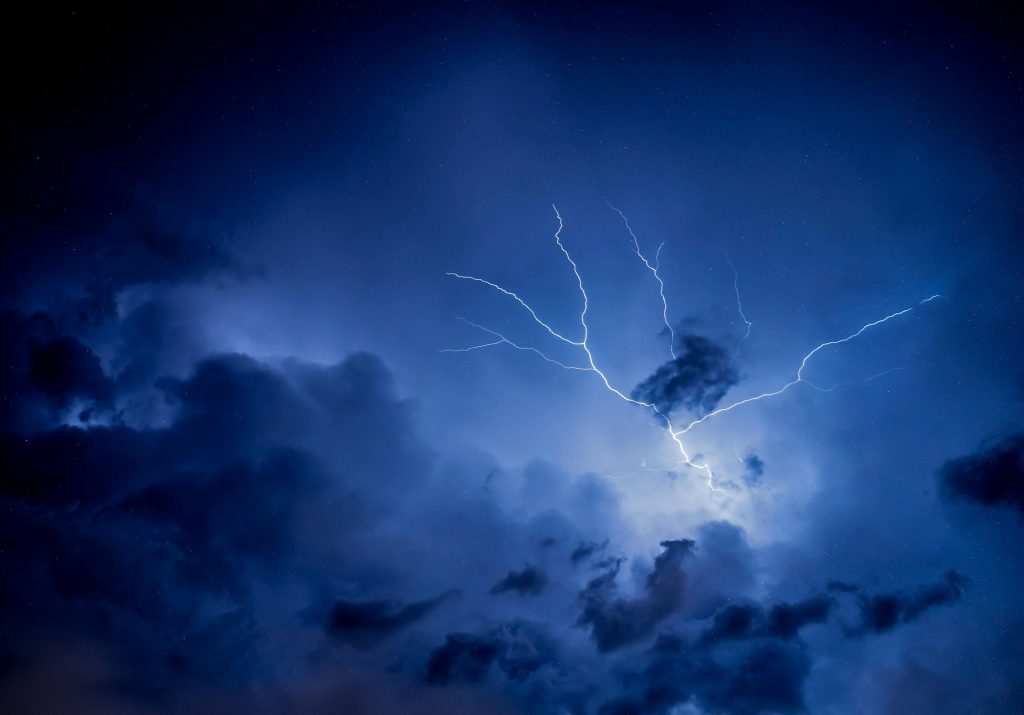Table of Contents
The sky changing colors is a captivating natural phenomenon that mesmerizes observers worldwide. This article delves into the science behind why and how the sky transitions through various hues during sunrise, sunset, and other atmospheric conditions, offering insights into its beauty and significance.
Understanding Sky Colors
1. Atmospheric Scattering: The colors we see in the sky are primarily due to a phenomenon called Rayleigh scattering. When sunlight enters the Earth’s atmosphere, molecules and small particles scatter shorter wavelengths (blue and violet) more effectively than longer wavelengths (red and orange), creating the blue sky we observe during the day.
2. Sunrise and Sunset: During sunrise and sunset, sunlight travels through a thicker layer of the atmosphere, causing more scattering of shorter wavelengths. This scattering effect intensifies the reds, oranges, and pinks in the sky, creating stunning displays known as “golden hour” or “magic hour.”
Variations in Sky Colors
1. Weather and Atmospheric Conditions: Different weather patterns and atmospheric conditions, such as clouds, humidity, dust particles, and pollution levels, influence the colors and intensity of the sky. Clear skies often display vibrant blues, while clouds can scatter light in unique ways, creating dramatic hues.
2. Seasonal Changes: Seasonal variations can affect the angle of sunlight and atmospheric clarity, influencing the colors observed in the sky. Winter skies may exhibit crisp blues and pastel hues, while summer skies can display deeper oranges and fiery sunsets.
Cultural and Symbolic Significance
1. Cultural Interpretations: Across cultures and traditions, the changing colors of the sky hold symbolic meanings and cultural interpretations. Sunrises symbolize new beginnings, hope, and optimism, while sunsets evoke reflections on the day’s events and contemplation.
2. Inspirational Source: Artists, poets, and writers draw inspiration from the ethereal beauty of sky colors, capturing the fleeting moments of dawn and dusk in paintings, literature, and creative expressions that evoke emotions and evoke nostalgia.

Photographic Opportunities
1. Landscape Photography: Photographers avidly capture the vibrant colors and atmospheric transitions during sunrise and sunset, using techniques such as silhouette, HDR (High Dynamic Range), and long exposure to enhance the dramatic effects of sky colors.
2. Astrophotography: Beyond daytime skies, astrophotographers explore the twilight phases known as civil, nautical, and astronomical twilight, capturing the gradient of colors from deep blues to velvety purples against the backdrop of celestial bodies.
Climate and Environmental Impact
1. Climate Change Indicators: Changes in sky colors and atmospheric phenomena can serve as indicators of climate change, such as shifts in air quality, temperature variations, and global weather patterns affecting cloud formations and atmospheric composition.
2. Environmental Awareness: Appreciation of sky colors encourages environmental stewardship and awareness of air quality, pollution control, and sustainable practices to preserve natural landscapes and mitigate human impact on atmospheric conditions.

Conclusion
The ever-changing colors of the sky showcase nature’s artistic palette, inviting contemplation, inspiration, and cultural interpretations across the globe. From the vibrant blues of daytime to the fiery hues of sunrise and sunset, each transition reflects the beauty and complexity of Earth’s atmosphere, connecting humanity to the natural rhythms and wonders of our planet.


